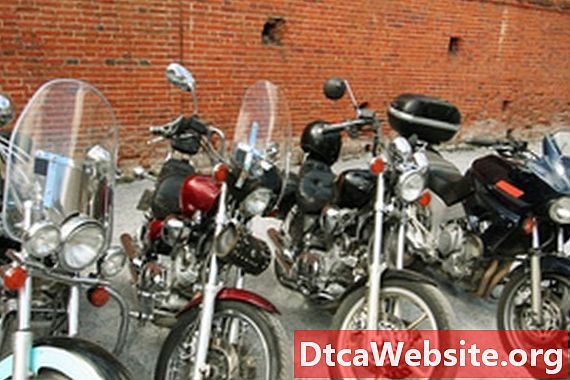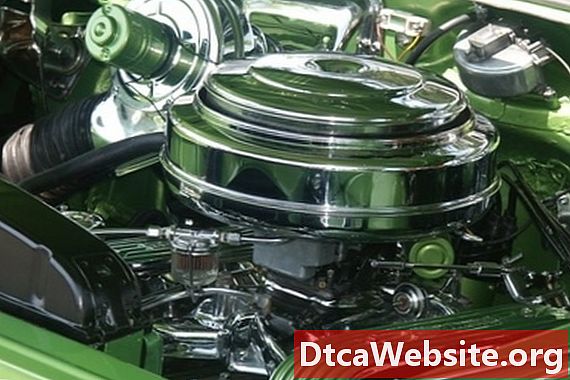
Contenu
- Birth of the Ironhead Motor
- 1957 Ironhead Specifications
- 1958 Ironhead Specifications
- 1972 to 1985 Ironhead Specifications

The Harley-Davidson Ironhead motor is the main reason for the enduring success of the Sportster. Considered by many Sportster purists as the last real Harley engine, the Ironhead is the throbbing powerhouse that lends heart and soul to a long line of Sportsters produced from 1957 to 1985. Whether tearing up the asphalt on city streets, kicking up the dust on country roads, or star performer of the racing circuit, the Ironhead motor stood the test of time for nearly thirty years — succeeded by the Evolution motor in 1986.
Birth of the Ironhead Motor
From 1929 through 1951 Harley-Davidson produced a series of motorcycles featuring V-twin engines with 45 cubic inch, or 750 cc, displacement. However, the popularity of its British rivals sports bikes — such as BSA, Norton and Triumph — indicated some serious engine-tweaking was necessary to stay alive in the fiercely competitive motorcycle market. In 1952 the Harley engineers mimicked the British sports bike setup to produce the K series models with 54 cubic inch, or 883 cc, engines. Further modifications to the K in 1957 gave birth to the XL Sportster and thus began the Ironhead era. Although the XL engine displaced the same 883 cc as the earlier K, KH and KHK, it had a larger bore and shorter stroke. This resulted in a better breathing engine producing higher rpm and a higher cruising speed.
1957 Ironhead Specifications
Most motorcycle manufacturers of the time used alloy heads in their engines; they ran cooler and lasted longer. Harley choose to use cast iron heads and cylinders for the 1957 Sportster XL. One reason for doing this, according to Allan Girdler in his article, The Sportster Era, in the book, "The Harley-Davidson Century," may be that the Panhead motor originally leaked, so the engineers decided to take the safer route of cast iron for the XL. The overhead-valve engine had a horsepower rating of 40, marginally faster than the Ks 38 horsepower, with engine compression of 7.5:1 and a 90-degree valve angle.
1958 Ironhead Specifications
In 1958 the XLCH emerged — a stripped down, faster and lighter version of the XL. It is unclear what the CH suffix means, but some sources believe it stands for "Competition Hot," while others say the H stands for "High Pressure," as it was a higher-compression version of the XL. Nevertheless, the XLCH remained a best-seller, outperforming the English 750 cc sport bikes in the speed department.
1972 to 1985 Ironhead Specifications
In 1972 the cylinders of the XLCH, bored to 3.188 inches, increased displacement of the Ironhead to 61 cubic inches or 1,000 cc. By this time, Harley-Davidson was a division of American Machine & Foundry (AMF), and AMF allowed minor annual modifications — the Sportster saw no significant changes until the Evolution motor came along in 1986.


